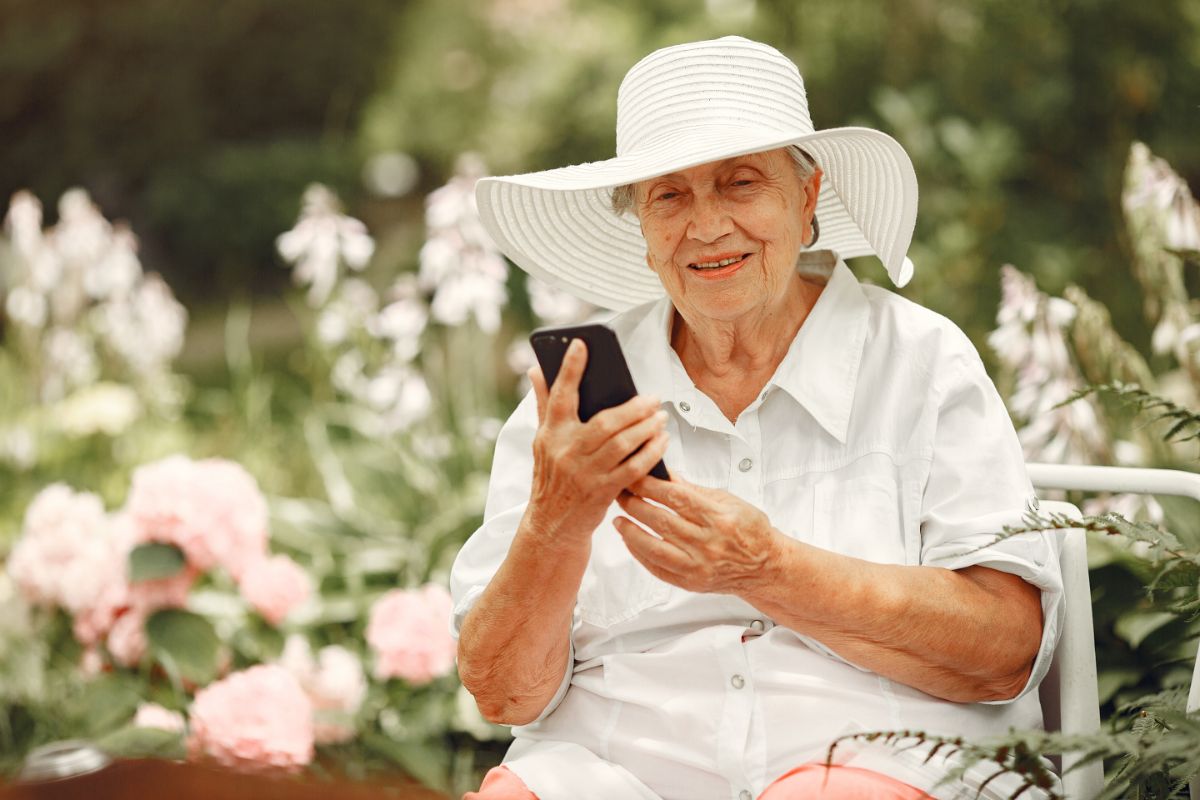- Disruptive Technology Initiative
- / DTI Tech Tips
- / How to Assess Patients’ Use of Technology in Neuropsychological Diagnostic Interviews

“She keeps answering scam emails!”
How to Assess Patients’ Use of Technology in Neuropsychological Diagnostic Interviews
Author: Glenn, T.
Synopsis
Assessment of one’s ability to successfully use everyday technology has become an important aspect of clinical evaluation, and is easily evaluated in diagnostic interview.
Overall Description
There is ample literature describing the use of technology in the care and treatment of persons with cognitive impairment, ranging from smart phone apps to monitor falls or medications, to virtual reality programs used in cognitive therapies. But there’s a surprising dearth of information on how clinicians can assess skills in everyday technology use during their diagnostic interviews.
It is especially important because technology represents a complex everyday activity that may be sensitive to early cognitive decline. Diagnostic interviews present an opportunity to gather rich clinical data on patients’ ability to manipulate devices, update programs or devices, recognize tech objects, trouble-shoot tech problems, and adapt to new technology.
Recent estimates suggest most persons over 55 years of age and nearly half of those age 74 and older now own smartphones, so querying smart phone use is an excellent source of qualitative information when assessing cognition in older adults. In addition, clinicians may ask about use of other technologies like ipads/laptops, touchscreens, remote controls, smart appliances (ranging from washing machines to refrigerators). Studies thus far suggest it’s important to investigate not only quality of tech use but also quantity, looking for any sign of decreasing utilization.
Phishing detection–identifying benign-appearing links to gather sensitive information–is often challenging for persons without cognitive impairment, but it becomes much more of a threat when patients with cognitive dysfunction are exposed to spoof messages.
The potential difficulty with technology in persons with cognitive impairment has implications for others aspects of clinical care and research. Telemedicine has been dramatically expanded in recent years, but studies indicate older adults and those with Mild Cognitive Impairment are less likely to use the service. Similarly, research studies evaluating the utility or reliability of virtual platforms may be confounded by the exclusion of those with cognitive impairment—who may actually be the targeted population for the same technology.
Finally, there are significant research and development opportunities for neuropsychologists interested in this topic: a standardized interview and/or scale to formally assess everyday tech use skills would be an important and potentially revenue generating addition to the field. Some surveys exist already and may even be incorporated into clinical use with supporting research.
From a clinician’s perspective, a few notes:
- Patients with anosognosia will of course be less likely to accurately detail technology use. Collateral information is always advised, and observation during interview can often be informative, as some patients may struggle to turn off a ringer, or ignore a distracting text alert, or remember to take the device when they leave.
- It may be helpful to inquire about recent scam activity or vulnerability, hacking attempts, or other concerning activities that patients may be reluctant to self report.
- It is advisable to ask about how patients use their devices as well. Does he or she text? Send photos? Email? Use downloaded apps for games or banking?
- Questions about using remote controls, accessing patient portals, streaming television or movies, and using updated heating/air controls can also be helpful.
Case Study Example:
M.C., a 73-year-old White female with a 2-year college degree in Accounting, presented to the clinic accompanied by her husband of 47 years. M.C.’s family member requested a neurological workup for what they referred to as depression, which they felt was making her appea ” confused.” When asked about the first sign that indicated something might be wrong, M.C.’s husband said that after years of using her smart phone normally, in the past year his wife started sending him screenshots of photos people sent to her – as opposed to forwarding the image itself. He added that she could not locate messages on her phone because she could not discriminate whether the communication had come via text or email or a social media app. Also, he reported that her phone had become “glitchy” because she no longer was closing out open tabs and apps. Finally, he said their daughters became concerned when they discovered M.C. was responding to spam emails: she’d ordered a number of items for which she had no need, and was unclear how she’d agreed to order them. Concerningly, she had also responded to several clear attempts to access her personal passwords and security information.
Helpful Links for Further Reading:
https://www.frontiersin.org/articles/10.3389/fpubh.2020.00191/full
https://ebmh.bmj.com/content/21/2/67
https://pubmed.ncbi.nlm.nih.gov/28158316/
https://www.tandfonline.com/doi/abs/10.3109/11038120802684299
https://pubmed.ncbi.nlm.nih.gov/34515123/
https://www.ncbi.nlm.nih.gov/pmc/articles/PMC4815058/
https://pubmed.ncbi.nlm.nih.gov/24548108/
https://journals.sagepub.com/doi/pdf/10.1177/2333721419844886
Comments/Experiences to Share?
Dear AACN members, please log in to share your comments or questions here.
